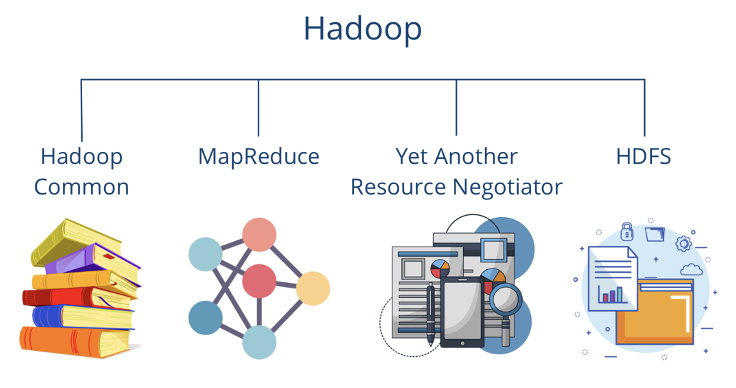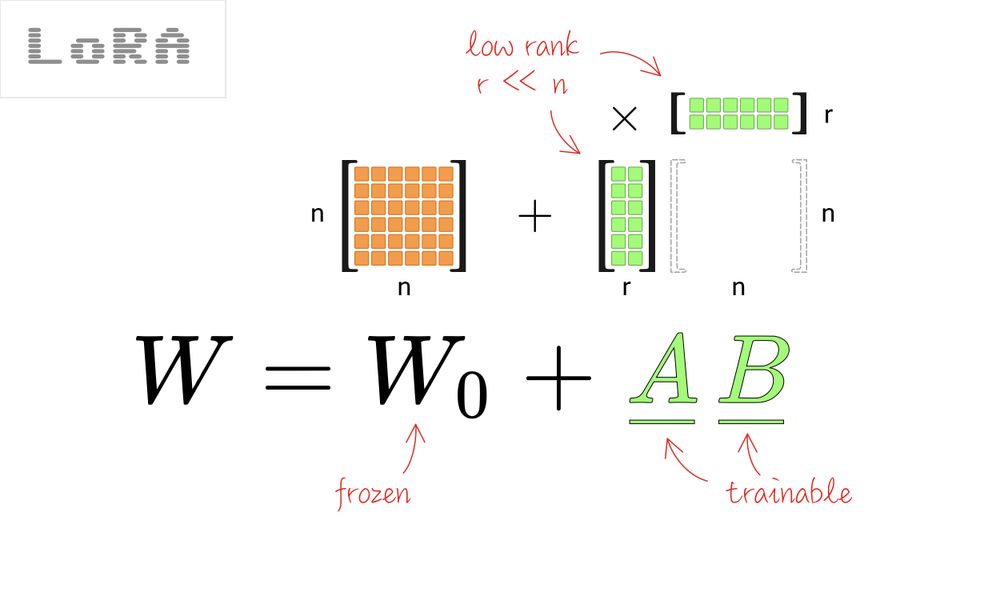
The Impact of GenAI and Its Implications for Data Scientists | Towards Data Science
GenAI systems affect how we work. This general notion is well known. However, we are still unaware of the exact impact of GenAI. For example, how much do these tools affect our work? Do they have a larger impact on certain tasks? What does this mean for us in our daily work? To answer these questions, Anthropic released a study based on millions of anonymized conversations on Claude.ai. The study provides data on how GenAI is incorporated





